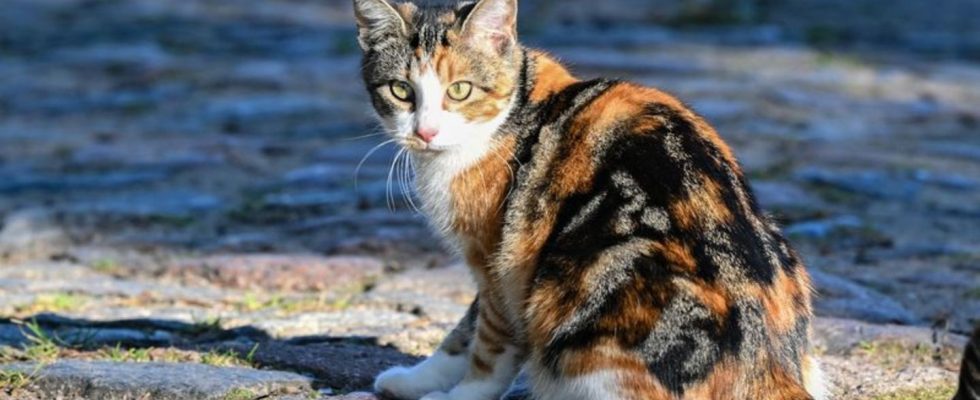Science
Study: Domestic cats and wild cats hardly mixed for a long time
The domestic cat came to Europe via the Middle East more than 2,000 years ago. photo
© Patrick Pleul/dpa
Wild cats appear to be very similar to domestic cats. And yet for centuries the two species had little interest in flirting. Under one condition, however, the rate of crossings can increase rapidly.
The domestic cat (Felis catus) is the domestic form of the African duncat; it reached Europe via the Middle East more than 2,000 years ago. Since then it has lived in the same distribution area as the European wildcat (Felis silvestris).
The experts now analyzed the genome of wild and domestic cats, as the LMU announced. These included 48 current samples and 258 samples from archaeological sites that were up to 8,500 years old. It was examined whether and to what extent crossings took place. The result: Domestic and wild cats generally avoided mating.
Wild cats are solitary creatures
To date, less than ten percent of the ancestry of most modern domestic cats can be traced back to wild cats, it said. “Our studies show that the biology of domestic cats is so different from that of wild cats that they would not normally interbreed,” Frantz said. “This is probably because domestic cats and wild cats have adapted to very different ecological niches and exhibit different behavior: wild cats are solitary animals, while domestic cats can live in much higher densities.”
However, when wild cats come under pressure and their population is endangered, this promotes mixing with domestic cats. Researchers at the University of Bristol were able to prove this specifically for the Scottish wildcat population. Frantz was also involved in the study. The rate of intersections could then increase rapidly. “This hybridization is a consequence of modern threats. Habitat loss and persecution have brought the wild cat to the brink of extinction in Britain,” said Jo Howard-McCombe, lead author of the study.
Scottish wildcats are said to be the most threatened population in Europe. For Germany, the results indicate that the populations here are probably not declining so quickly and are therefore not yet exposed to the same pressure. “We would need more genomic data to be able to monitor the situation in the future and prevent us from being confronted with the same problems as in Scotland,” said LMU researcher Frantz.

